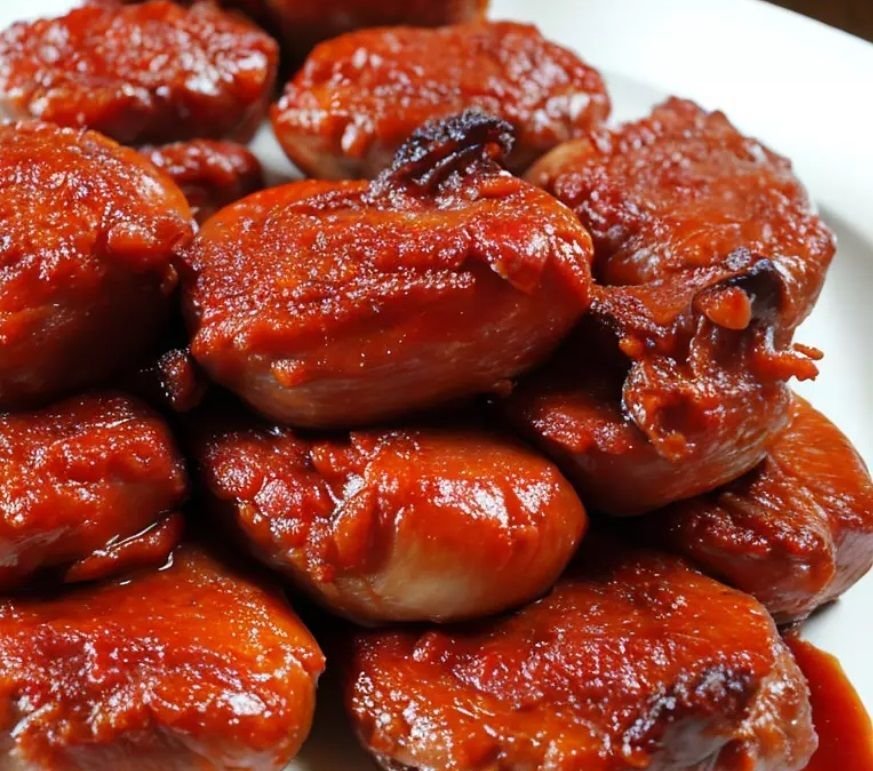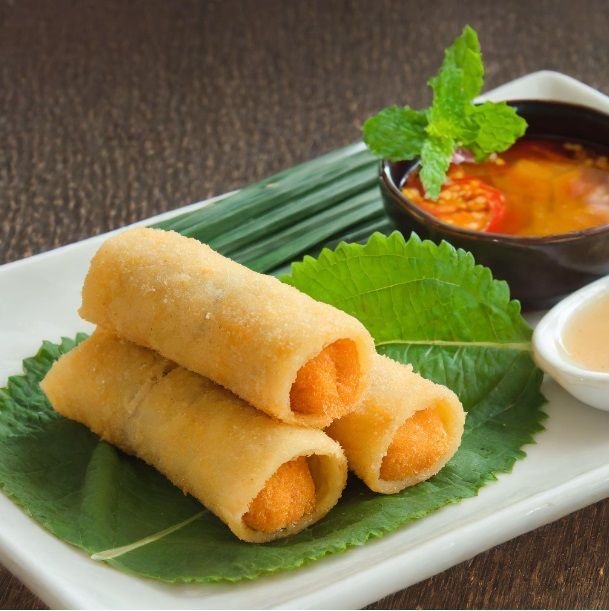Red-cooked pig´s feet
Red-cooked pig´s feet
Chinese cuisine – chinese recipes from East China – Asian food.
Unveiling the Flavorful Delight of Red-Cooked Pig’s Feet: A Traditional Chinese Recipe from East China
In the vibrant culinary landscape of East China, this recipe stand out as a cherished delicacy, beloved for its rich flavors and tender texture. This traditional Chinese dish, known as “Hong Shao Zhu Jiao” (红烧猪脚) in Mandarin, showcases the region’s culinary heritage and reflects the artistry of slow-cooking techniques.
In this article, we embark on a culinary journey to explore the origins, preparation, and cultural significance of this amazing and delicious recipe, offering insights into its irresistible allure.
Origins and Cultural Significance: Red-cooked dishes have a long history in Chinese cuisine, with roots tracing back centuries. The term “red-cooked” refers to the cooking method of braising meat in a savory and aromatic sauce made from soy sauce, sugar, and spices.
This technique not only imparts a deep, reddish-brown hue to the dish but also infuses it with layers of complex flavors.
Pig’s feet (pigs feet), a humble yet flavorful cut of meat, have been a staple in Chinese cooking for generations. Historically, pig’s feet were considered a thrifty ingredient, valued for their gelatinous texture and ability to add richness to dishes.
Over time, this recipe emerged as a popular comfort food enjoyed by families and revered for its nourishing properties.
Preparation and Ingredients:
Creating the perfect recipe requires patience, attention to detail, and a harmonious blend of ingredients. Here’s a step-by-step guide to preparing this delectable dish:
- Selecting the Pig’s Feet:
- Choose fresh, high-quality pig’s feet from a reputable butcher or market. Look for feet that are plump, with smooth skin and minimal odor.
- Cleaning and Preparing:
- Rinse the pig’s feet under cold running water to remove any dirt or debris.
- Use a sharp knife to trim off any excess fat or skin from the pig’s feet.
- Parboiling:
- Place the cleaned pig’s feet in a large pot of boiling water.
- Boil the pig’s feet for 5-10 minutes to remove impurities and excess fat.
- Drain the pig’s feet and rinse them under cold water.
- Braising:
- In a separate pot or wok, heat a small amount of oil over medium heat.
- Add aromatics such as ginger, garlic, and green onions to the pot, and sauté until fragrant.
- Place the parboiled pig’s feet in the pot, and add soy sauce, dark soy sauce, Shaoxing wine, sugar, and spices such as star anise, cinnamon, and cloves.
- Pour enough water or broth to cover the pig’s feet, and bring the mixture to a gentle simmer.
- Cover the pot and let the pig’s feet braise over low heat for 1.5 to 2 hours, or until tender and infused with flavor.
- Adjusting Seasoning:
- Taste the braising liquid and adjust the seasoning as needed, adding more soy sauce, sugar, or spices to achieve the desired balance of flavors.
- Serving:
- Once the pig’s feet are tender, remove them from the braising liquid and transfer them to a serving dish.
- Garnish with chopped green onions or cilantro, if desired.
- Serve the red-cooked pig’s feet hot with steamed rice or noodles, allowing diners to savor the succulent meat and rich sauce.
Cultural Significance and Enjoyment: this recipe or dish hold a special place in Chinese culinary culture, symbolizing warmth, comfort, and togetherness. It is often served during festive occasions, family gatherings, and celebrations, where it brings people together to share in the joy of good food and company.

Beyond its cultural significance, this dish offer a delightful culinary experience, with its tender meat, flavorful sauce, and aromatic spices tantalizing the taste buds. Whether enjoyed as a hearty main course or a comforting side dish, this dish are sure to leave a lasting impression on those who have the pleasure of savoring them.
In conclusion, this dish exemplify the rich culinary heritage of East China, showcasing the region’s mastery of slow-cooking techniques and the art of flavor balance. From its humble origins to its revered status as a beloved comfort food, this traditional Chinese dish continues to captivate food enthusiasts with its irresistible allure and timeless appeal.
Whether prepared for a special occasion or a cozy family dinner, red cooked pig´s feet promise a culinary experience that is both satisfying and memorable, inviting diners on a flavorful journey through the heart of Chinese cuisine.
Shaoxing wine in the chinese cuisine

Use of ginger in the Chinese cuisine





